Discovering the Charm of Baring Head Lighthouse
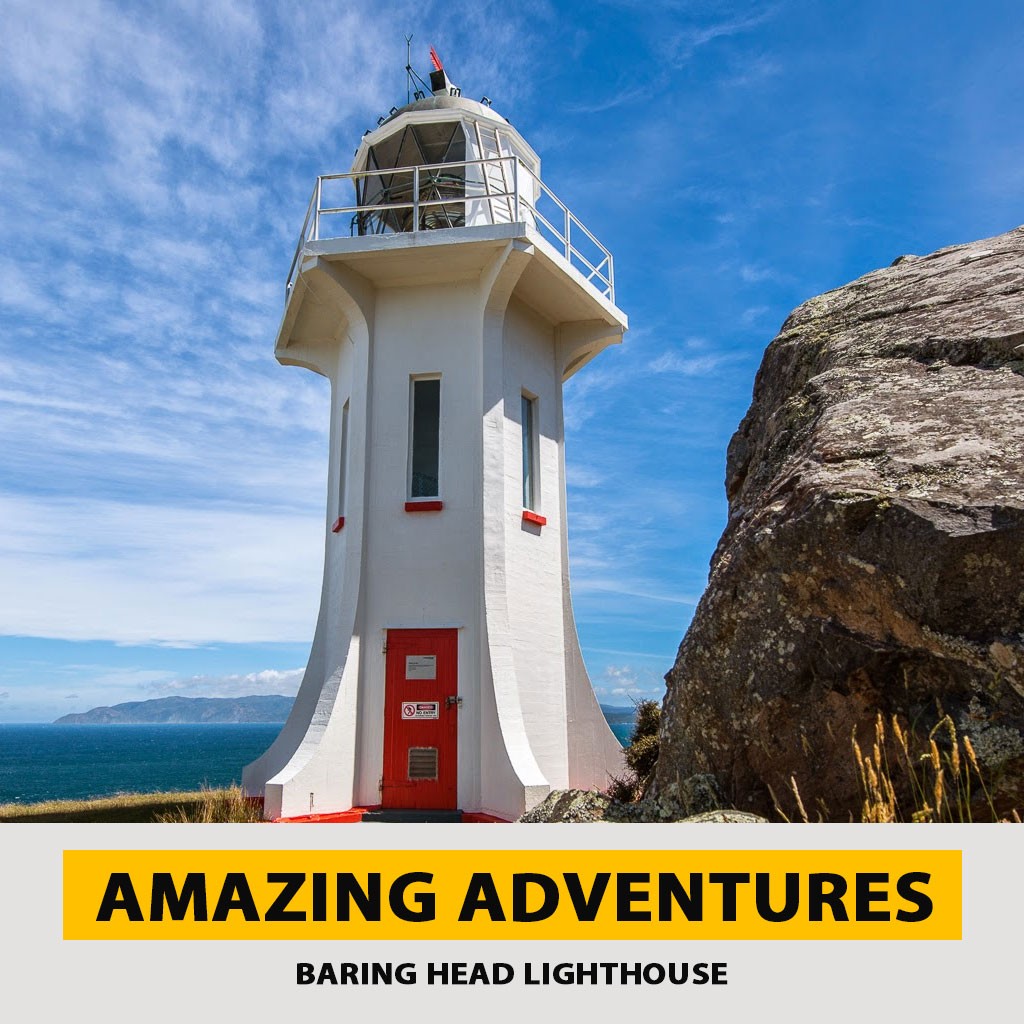
Nestled on the southern coast of New Zealand’s North Island, Baring Head Lighthouse stands as a testament to maritime history and a beacon of safety for sailors navigating the treacherous waters of Cook Strait.
This guide will delve into the history, significance, and experiences surrounding this iconic lighthouse.
Whether you are a history enthusiast, a nature lover, or simply looking for an adventure, Baring Head Lighthouse offers a unique glimpse into New Zealand’s maritime heritage.
The Historical Significance of Baring Head Lighthouse
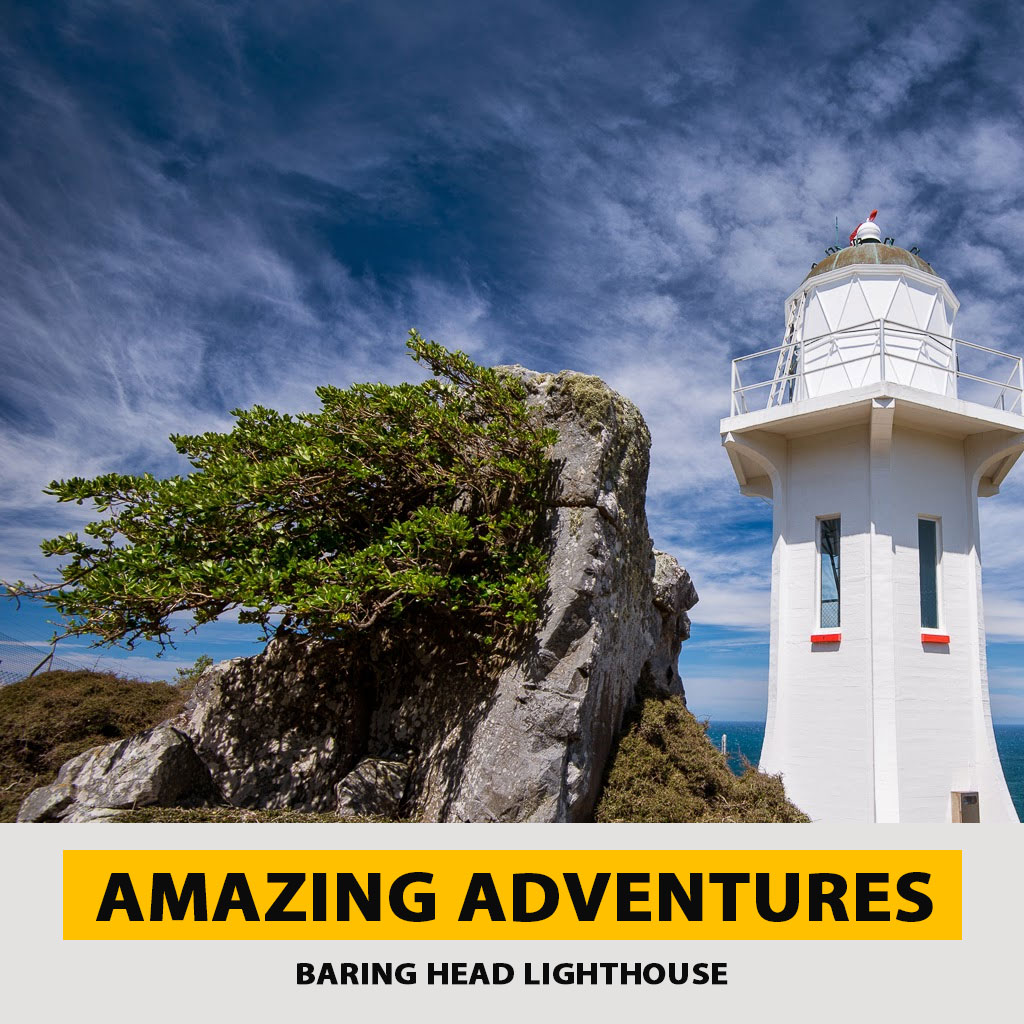
Early Beginnings
Baring Head Lighthouse was first lit on June 25, 1935. It was constructed to replace the Pencarrow Head Lighthouse, which was the first permanent lighthouse in New Zealand but had become less effective due to its inland position. The new location at Baring Head provided a better vantage point for guiding ships through the hazardous waters of Cook Strait.
Architectural Design
Designed by the Marine Department, the lighthouse stands 12 meters tall and is constructed from reinforced concrete, a material chosen for its durability against the harsh coastal weather. The light from the tower is visible for 19 nautical miles, offering a crucial navigational aid to passing vessels.
Technological Advancements
Over the years, Baring Head Lighthouse has seen significant technological advancements. Initially, the lighthouse operated with a kerosene lamp, which was later replaced by an electric lamp powered by a diesel generator. In 1967, the lighthouse was connected to the national power grid, and in 1989, it was fully automated. Today, the lighthouse is monitored remotely, yet it continues to play a vital role in maritime safety.
Exploring Baring Head Lighthouse
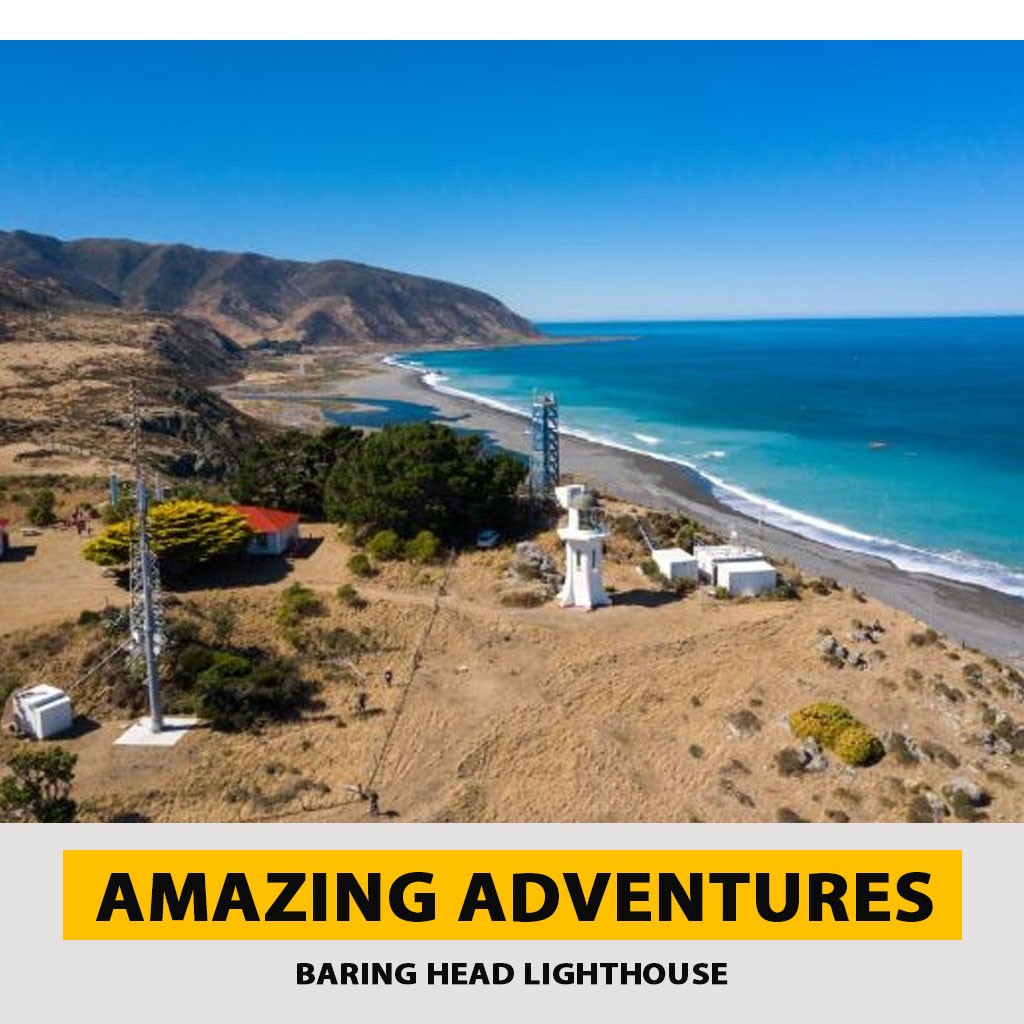
Step 1: Planning Your Visit
Before heading to Baring Head Lighthouse, it’s essential to plan your trip. The lighthouse is located in the Wellington region, about 35 kilometers from the city center. The best way to reach the site is by car, as public transportation options are limited.
Step 2: Check Accessibility
Baring Head Lighthouse is situated within the Baring Head/Ōrua-pouanui coastal area, managed by the Greater Wellington Regional Council. The lighthouse itself is accessible via a walking track that offers stunning coastal views. Be prepared for a moderately challenging hike, and wear sturdy footwear.
Step 3: What to Bring
Pack accordingly for your visit. Bring a camera to capture the breathtaking scenery, binoculars for bird watching, and a windproof jacket, as the coastal winds can be strong. Additionally, carry water and snacks, especially if you plan to explore the surrounding trails.
Step 4: Learn About the History
Enhance your visit by learning about the history of Baring Head Lighthouse. There are informational plaques at the site, and you can also visit the Heritage New Zealand website for more detailed historical information.
The Natural Beauty of Baring Head
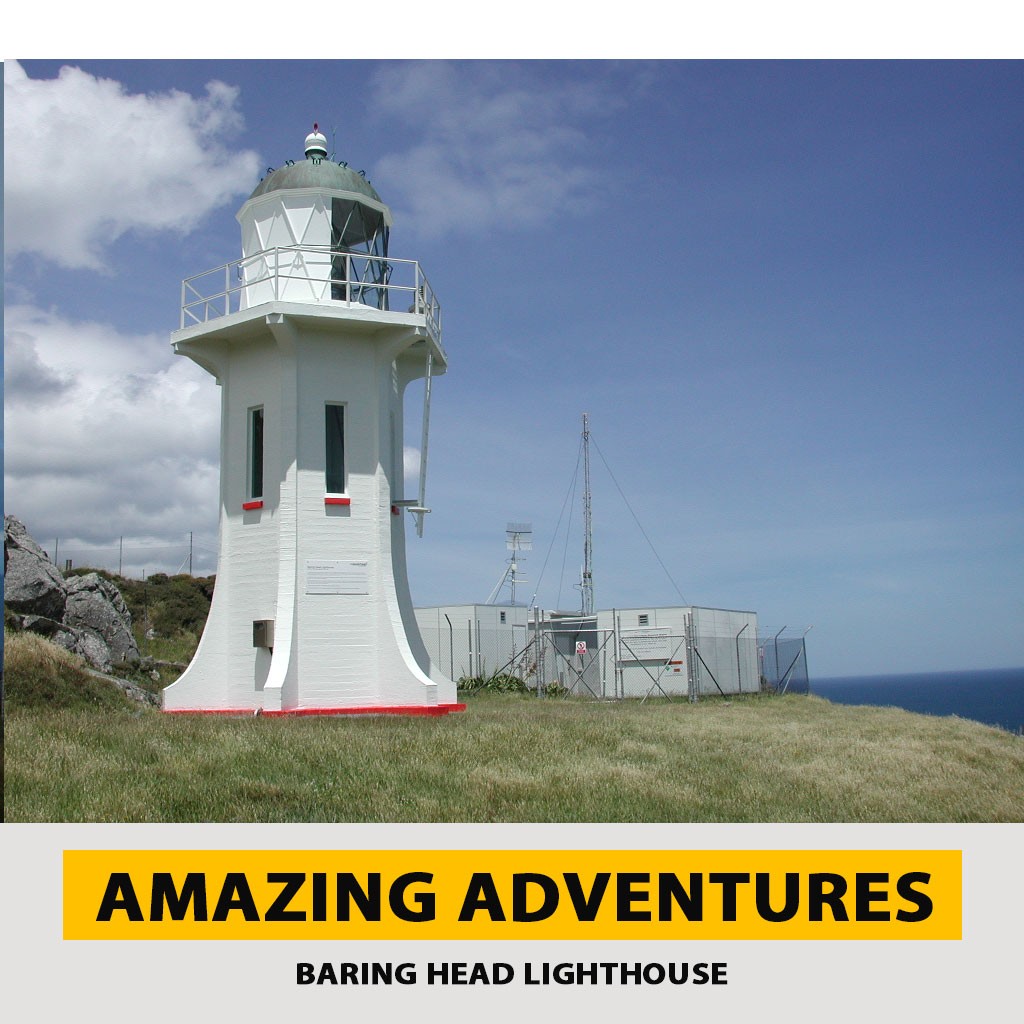
Scenic Views
The views from Baring Head Lighthouse are nothing short of spectacular. You can see the rugged coastline stretching out to the horizon, with the South Island visible on clear days. The location offers excellent opportunities for photography, especially during sunrise and sunset.
Flora and Fauna
The Baring Head/Ōrua-pouanui coastal area is home to diverse flora and fauna. You can spot native plants, seabirds, and even seals basking on the rocks. The area is also a critical habitat for the endangered Wellington green gecko.
Real-Life Anecdotes: Stories from Baring Head Lighthouse
The Keeper’s Tale
One of the most memorable keepers of Baring Head Lighthouse was John McLean, who served from 1945 to 1960. McLean was known for his meticulous maintenance of the lighthouse and his dedication to ensuring the light was always operational, regardless of the weather. His family lived on-site, and his children would often help with small tasks around the lighthouse, creating fond memories of their unique upbringing.
The Adventurous Photographer
In the early 2000s, a local photographer named Sarah visited Baring Head Lighthouse to capture the rugged beauty of the coastline. During her visit, she stumbled upon a group of seals playing on the rocks below the lighthouse. The photographs she took that day won several awards and were featured in national magazines, showcasing the natural charm of Baring Head to a wider audience.
Promoting Environmental Sustainability
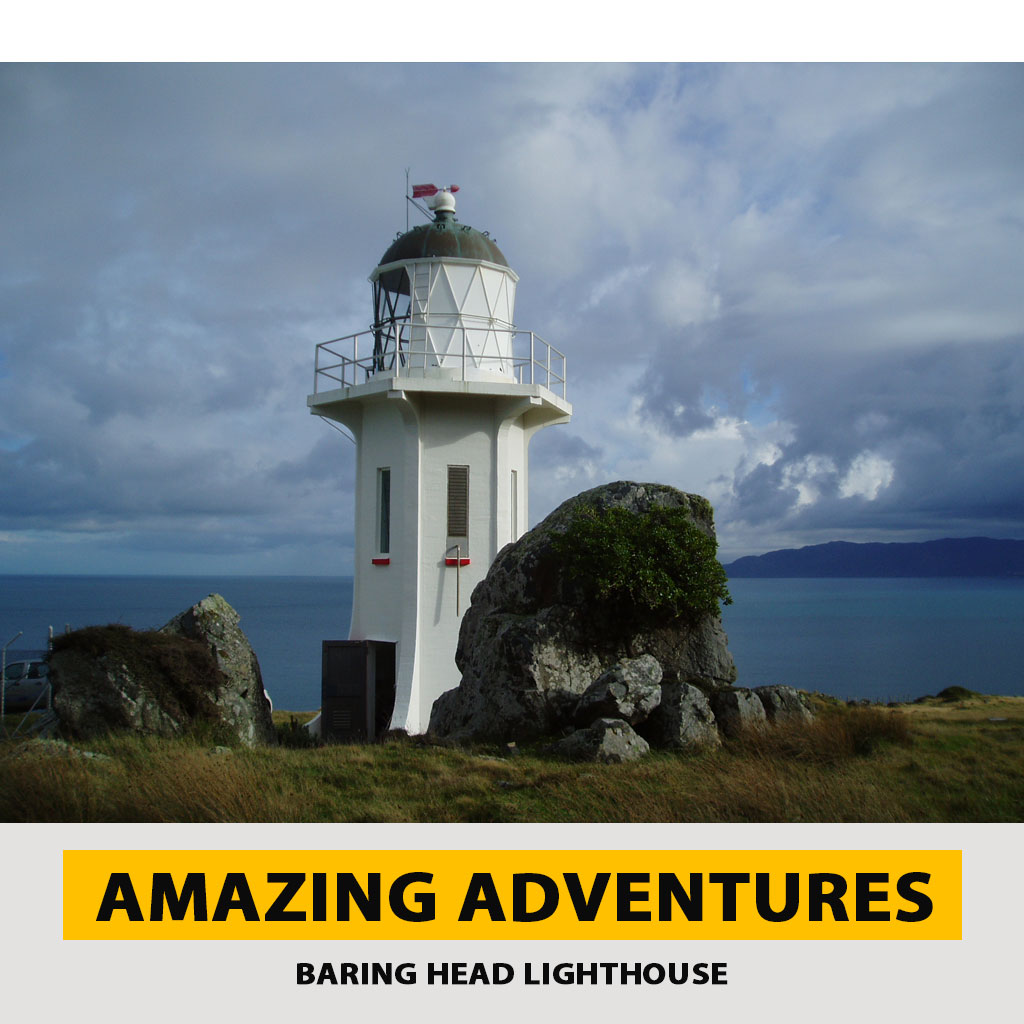
Conservation Efforts
The area around Baring Head Lighthouse is part of a protected reserve. Visitors are encouraged to respect the environment by staying on marked paths, not disturbing wildlife, and taking all rubbish with them. Participating in local conservation efforts, such as beach clean-ups, helps preserve this beautiful area for future generations.
Eco-Friendly Practices
When visiting, adopt eco-friendly practices. Use reusable water bottles and bags, and be mindful of your waste. Supporting local businesses that prioritize sustainability also contributes to the conservation of Baring Head.
Why Visit Baring Head Lighthouse?
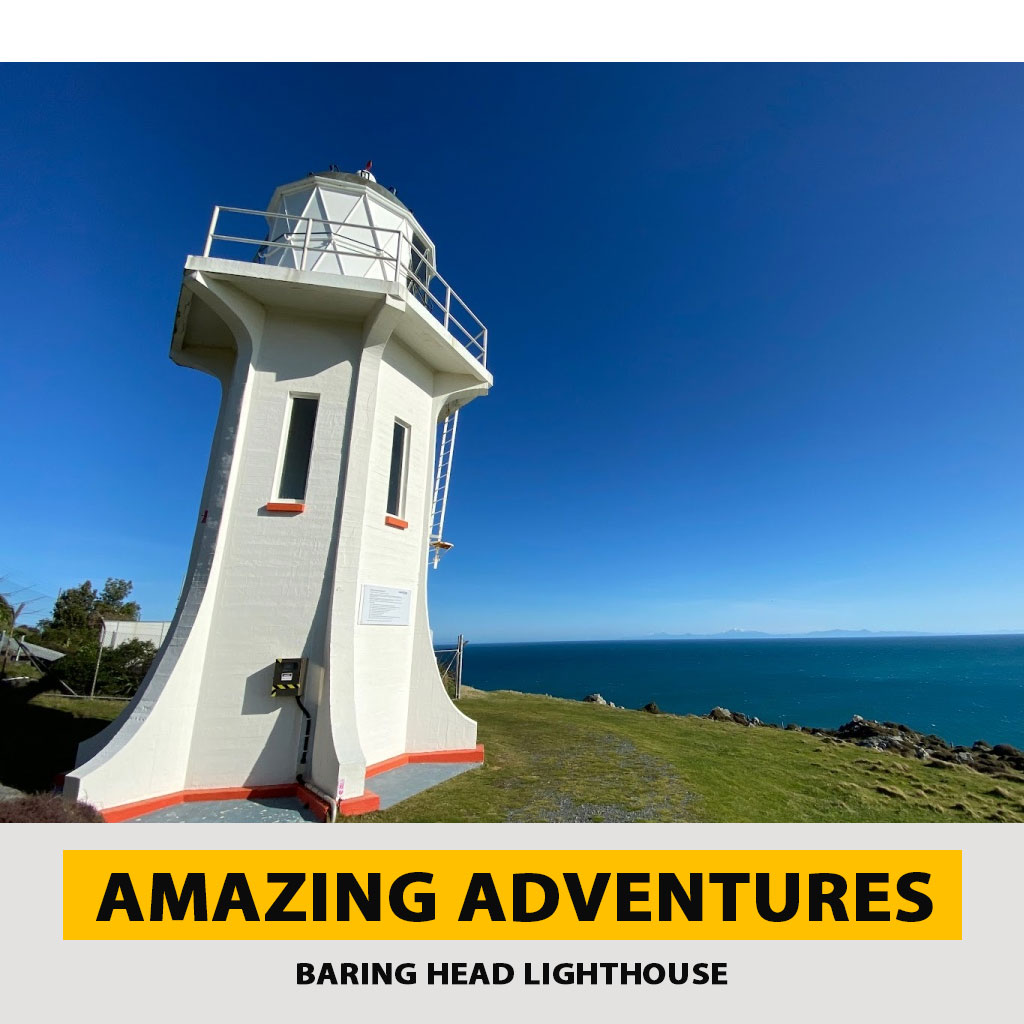
Baring Head Lighthouse is more than just a beacon; it’s a gateway to New Zealand’s rich maritime history and stunning natural beauty. Whether you’re a history buff, a wildlife enthusiast, or simply seeking a serene escape, this lighthouse offers a unique and enriching experience.
From its historical beginnings to its role in modern-day conservation, Baring Head Lighthouse stands as a testament to the enduring relationship between humans and the sea. Plan your visit today and discover the magic of this iconic landmark.
Embark on your journey to Baring Head Lighthouse with confidence, knowing you’ll be exploring one of New Zealand’s most treasured sites. Happy travels!
FAQs About Baring Head Lighthouse

Q1: Is Baring Head Lighthouse open to the public?
Yes, Baring Head Lighthouse is accessible to the public. However, visitors need to follow the marked walking tracks to reach the site.
Q2: What is the best time to visit Baring Head Lighthouse?
The best time to visit is during spring and summer when the weather is mild and the days are longer. Sunrise and sunset offer particularly stunning views.
Q3: Are there guided tours available?
Currently, there are no regular guided tours. However, informational plaques and resources from the Greater Wellington Regional Council provide valuable insights.
Q4: Can I bring my dog to Baring Head Lighthouse?
Pets are generally not allowed in the Baring Head/Ōrua-pouanui coastal area to protect the local wildlife. It’s best to check with the Greater Wellington Regional Council for specific rules and guidelines.
Q5: Is there any accommodation near Baring Head Lighthouse?
While there are no accommodations directly at Baring Head, the nearby town of Wainuiomata offers various lodging options, including motels and bed-and-breakfasts.


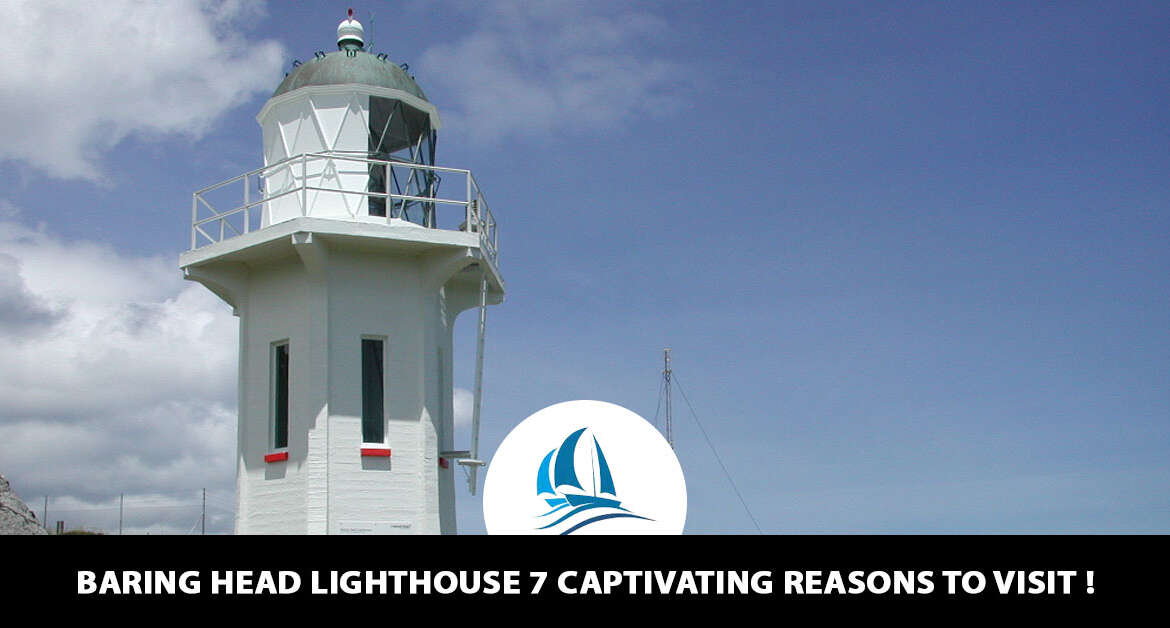
Leave a reply